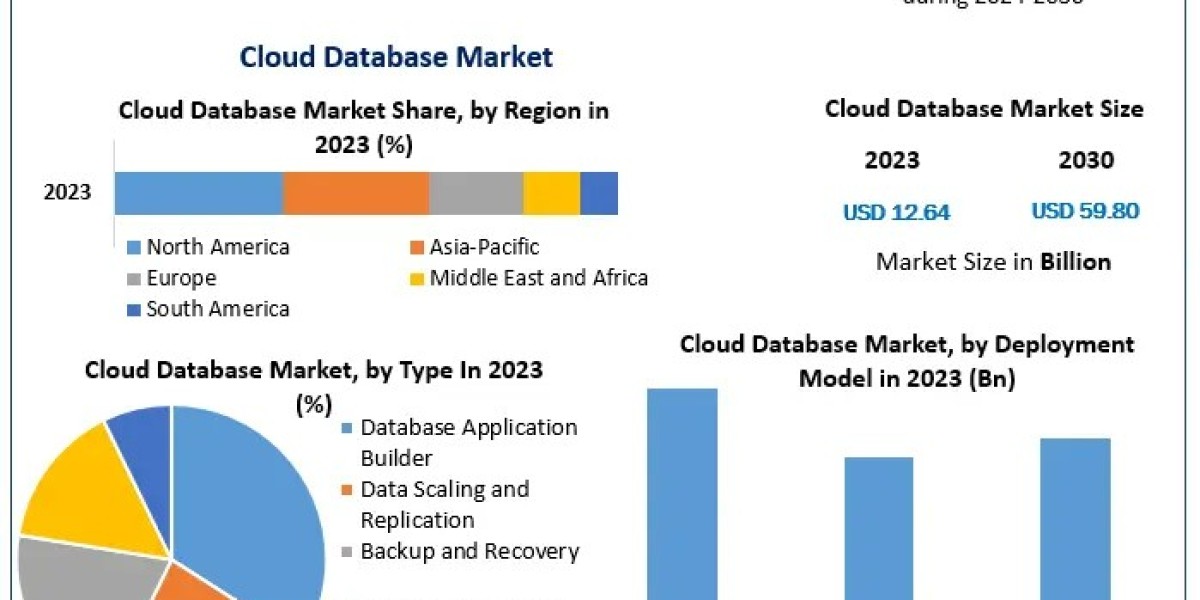The animation industry is evolving rapidly, driven by technological advancements that make content creation faster, more collaborative, and cost-effective. One of the most transformative innovations shaping modern production pipelines is cloud-based animation. By leveraging cloud computing, studios can streamline workflows, enhance collaboration, and scale resources on demand. However, like any disruptive technology, cloud-based animation comes with its own set of challenges.
In this article, we’ll explore the benefits and challenges of adopting cloud-based animation for studios of all sizes.
What is Cloud-Based Animation?
Cloud-based animation refers to using cloud computing platforms to handle rendering, storage, and collaboration tasks traditionally managed through in-house servers and hardware. Instead of investing in expensive infrastructure, studios rent computing power and storage space from providers like AWS, Google Cloud, Microsoft Azure, or specialized cloud rendering services.
This model is especially valuable for animation, where rendering high-quality frames requires significant processing power and storage.
Benefits of Cloud-Based Animation
1. Scalability and Flexibility
Cloud platforms allow studios to scale resources up or down depending on project requirements. For example, if a studio needs to render thousands of frames overnight, it can temporarily expand computing power without investing in permanent infrastructure.
2. Cost Efficiency
Maintaining on-premises servers is expensive and often underutilized between projects. With the cloud’s pay-as-you-go model, studios only pay for the resources they use, reducing overhead costs.
3. Remote Collaboration
Animation projects often involve artists, animators, and directors working across different geographies. Cloud-based workflows enable real-time collaboration, allowing teams to access files, review work, and make updates from anywhere in the world.
4. Faster Rendering Times
Rendering is one of the most time-consuming aspects of animation. Cloud-based rendering farms can process frames much faster than local machines, speeding up production schedules.
5. Data Storage and Backup
Animation files are often huge, requiring terabytes of storage. Cloud platforms provide virtually unlimited storage, with automatic backups and security measures that reduce the risk of data loss.
6. Environmental Sustainability
Cloud service providers often run energy-efficient data centers. By outsourcing to these providers, studios can lower their carbon footprint compared to maintaining less efficient in-house hardware.
Challenges of Cloud-Based Animation
1. Data Security Concerns
Studios work with sensitive intellectual property (IP), including unreleased films and character designs. Storing this data on external servers raises concerns about breaches, leaks, or unauthorized access.
2. High Bandwidth Requirements
Uploading and downloading massive animation files requires robust internet infrastructure. For studios in areas with slow or unreliable connectivity, this can hinder cloud adoption.
3. Ongoing Costs
While cloud solutions reduce upfront costs, the pay-as-you-go model can become expensive if not managed properly—especially for long-term or large-scale projects with heavy rendering needs.
4. Learning Curve and Integration
Transitioning from traditional pipelines to cloud-based workflows requires training, adaptation, and sometimes restructuring existing processes. Smaller studios may find the shift overwhelming.
5. Dependence on Service Providers
Studios become reliant on external cloud vendors for uptime, performance, and security. Any outages or service disruptions directly affect production timelines.
Case Studies: Cloud Animation in Action
- DreamWorks Animation has adopted cloud-based workflows to enhance collaboration across international teams.
- Netflix animated productions often rely on cloud infrastructure to handle rendering and distribution at scale.
- Small indie studios increasingly use platforms like AWS Thinkbox or Google Zync Render to compete with larger players without investing in costly infrastructure.
The Future of Cloud-Based Animation
The future of cloud-based animation looks promising, with innovations in:
AI-driven Rendering: Artificial intelligence will optimize rendering processes, reducing time and costs further.
Hybrid Pipelines: Many studios will adopt a mix of local infrastructure and cloud-based systems for efficiency.
5G Connectivity: Faster internet speeds will make cloud workflows more accessible globally.
Virtual Production Integration: Cloud platforms will support real-time rendering and virtual sets, blending animation with live-action.
Conclusion
Cloud-based animation represents a powerful shift in how studios approach content creation. It offers scalability, cost savings, faster rendering, and seamless collaboration, making it an attractive option for both large and small studios. However, challenges like data security, costs, and internet reliability must be carefully managed.
Ultimately, cloud-based animation is not a one-size-fits-all solution but a flexible tool that, when integrated strategically, can empower studios to push creative boundaries while staying competitive in a fast-changing industry.








